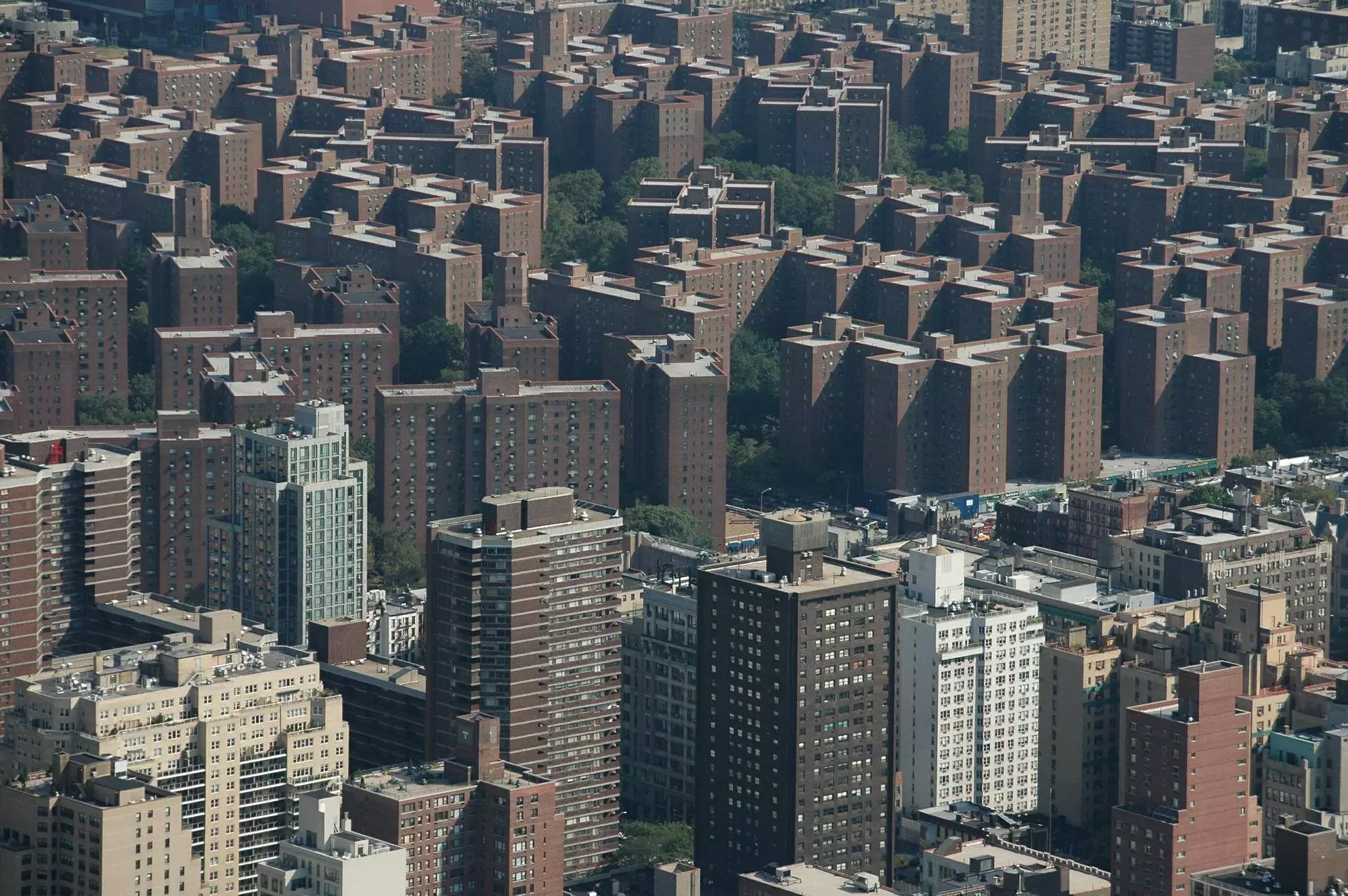Air pollution remains a critical issue in urban environments, particularly in heavily populated areas where the consequences manifest in various public health challenges. A groundbreaking study, co-authored by scholars from MIT, dives deep into the factors influencing individual exposure to air pollution, particularly by taking daily mobility patterns into account. Rather than relying solely on geographic data tied to residents’ homes or workplaces, this innovative approach utilizes mobile data to create a detailed framework for assessing people’s environmental exposure as they navigate their daily lives.
This enhanced assessment reveals that air pollution exposure—specifically from particulate matter measuring 2.5 microns or larger—escalates by approximately 2.4% when factoring in individual travel behaviors. Such findings challenge the conventional analysis of pollution exposure, which often overlooks the dynamic nature of human mobility. Paolo Santi, a principal research scientist at MIT’s Senseable City Lab, emphasizes the transformative nature of their study, noting, “One of the main strengths of the study is the improved information we use on both air quality and people’s mobility.” This complex interplay sets the stage for enhanced public health interventions and urban planning strategies.
Innovative Methodologies: Merging Mobility with Pollution Data
To capture the multifaceted nature of pollution exposure in the Bronx, researchers deployed a novel methodology. They outfitted city vehicles with solar-powered environmental sensors that monitored air quality indicators, including particulate matter and environmental variables like temperature and humidity. This creative approach leverages existing city infrastructure as an extensive network of environmental sensors, allowing for real-time data collection and analysis. Such innovations underscore a shift towards a more proactive stance on urban environmental challenges, showing how cities can evolve into responsible stewards of public health through smart technology.
Moreover, the researchers utilized data from anonymized phone records, improving their understanding of how 500,000 individuals traverse the Bronx, further enriching the dataset with 500 million daily location records. These meticulous efforts paint a clearer picture of pollution dispersion and help pinpoint the demographic disparities in exposure levels. For instance, the southeast Bronx—characterized by a heavy industrial presence and dense expressway networks—reveals particularly high concentrations of particulate matter, paralleling community health disparities evident in outcomes such as asthma.
Disparities in Exposure: A Call for Equity
The study exposes stark inequalities that persist in urban environmental conditions. Notably, there is a pronounced disparity in pollution exposure based not only on income but also on ethnicity, with Hispanic communities experiencing some of the highest levels of pollution. While socioeconomic factors certainly play a role, the ethnic disparities showcased by the data call attention to the urgent need for comprehensive policies aimed at addressing environmental justice within urban settings. It is crucial to consider the unique vulnerabilities faced by these communities when devising equitable solutions to improve overall air quality.
For instance, respiratory issues—such as asthma—are prevalent across the Bronx, with the borough being reported to have the worst air quality in New York City. Researchers indicate that asthma rates in the Bronx are 2.5 times higher than in any other borough, demonstrating how pollution translates directly into public health crises. The link between high pollution exposure and health outcomes cannot be denied, putting a spotlight on the urgent need for targeted interventions that address the root causes influencing this health disparity.
Future Prospects: Leveraging Data for Healthier Cities
Despite the study’s findings being rooted in a specific timeframe—fall 2021, amid the ongoing ramifications of the COVID-19 pandemic—its methodologies and implications pave the way for future research aimed at understanding pollution exposure more holistically. Carlo Ratti underscores the potential of mobile data combined with environmental sensors, envisioning a comprehensive monitoring network that urban planners can utilize. Ratti’s optimism hints at a transformative future where cities could enact informed, data-driven strategies to combat air pollution effectively.
An Wang adds another layer of possibility, suggesting that further research could link additional air quality hazards and toxicity studies to mobility patterns. By expanding the parameters of analysis, researchers can foster a deeper understanding of the complexities surrounding urban air quality challenges. As cities navigate the intersection of mobility, technology, and health, there is a genuine opportunity to craft urban landscapes that prioritize clean air and public health—an endeavor too important to be disregarded in our pursuit of sustainable cities.

